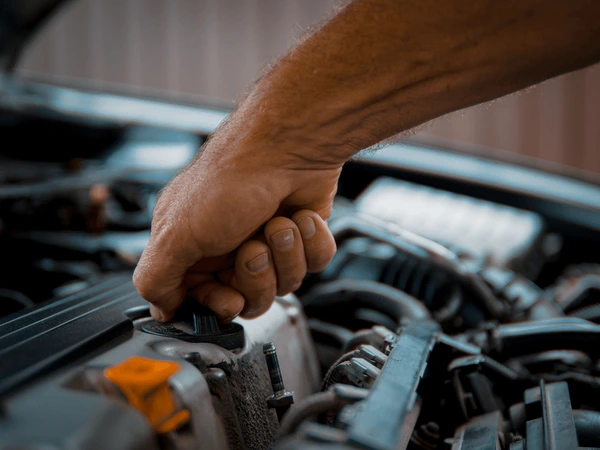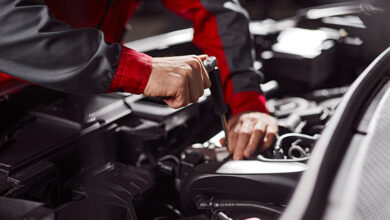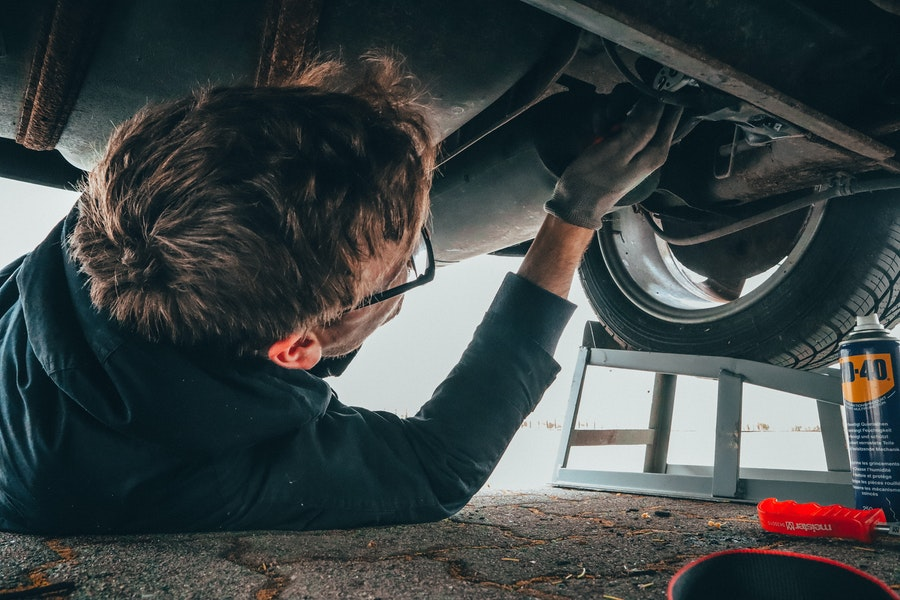Extending Your Car’s Lifespan: Maintenance Tips for High-Mileage Vehicles

Owning a high-mileage vehicle doesn’t have to mean constant repairs or reduced reliability. With the right care and attention, many cars can surpass 200,000 miles or more. As vehicles age and rack up the miles, proper maintenance becomes even more critical to ensuring they stay on the road for years to come. In this article, we’ll cover essential maintenance tips for high-mileage cars, helping you extend your vehicle’s lifespan while keeping it in optimal condition.

- Regular Oil Changes Are Essential
One of the most important maintenance tasks for any car—especially a high-mileage vehicle—is regular oil changes. Engine oil lubricates the moving parts, reducing friction and preventing wear. Over time, oil breaks down and loses its effectiveness, leading to increased engine strain. For high-mileage vehicles, sticking to a strict oil change schedule, typically every 3,000 to 5,000 miles, is crucial to maintaining engine health.
Why It Matters:
- Prevents excessive wear on engine components.
- Keeps the engine running smoothly.
- Helps maintain fuel efficiency in older engines.
- Monitor and Top Off Fluids
High-mileage vehicles often develop small leaks or consume fluids at a faster rate. Regularly checking and topping off your car’s fluids—such as coolant, transmission fluid, brake fluid, and power steering fluid—can prevent overheating, transmission issues, and brake failure.
Key Fluids to Monitor:
- Coolant: Prevents the engine from overheating.
- Transmission Fluid: Ensures smooth gear shifts.
- Brake Fluid: Maintains effective braking performance.
- Power Steering Fluid: Helps with steering ease and precision.
- Check Belts and Hoses for Wear
Belts and hoses endure a lot of wear and tear, especially in high-mileage vehicles. Rubber components can become brittle and crack over time, leading to potential breakdowns. Inspect your vehicle’s belts and hoses regularly for signs of damage, and replace them as necessary to avoid unexpected issues.
Signs of Wear:
- Cracks, fraying, or glazing on belts.
- Bulging, cracking, or leaking hoses.
- Inspect the Suspension and Steering Components
As your car accumulates miles, the suspension and steering systems endure a significant amount of stress. Worn-out shocks, struts, and steering components can cause poor handling, uneven tire wear, and uncomfortable rides. Regularly inspecting these parts and replacing them when needed will keep your car driving smoothly.
Common Suspension Issues:
- Bouncy or unstable ride.
- Uneven tire wear.
- Excessive vibrations while driving.
- Keep an Eye on the Exhaust System
A high-mileage vehicle’s exhaust system is more prone to rust and corrosion, particularly if you live in an area with harsh winters or salt-treated roads. Regularly checking the exhaust system for leaks, holes, or signs of corrosion is essential for maintaining optimal engine performance and fuel efficiency.
Benefits of a Healthy Exhaust System:
- Improves fuel economy.
- Reduces harmful emissions.
- Ensures smooth engine performance.
- Rotate and Balance Tires Regularly
Proper tire care is crucial for any vehicle, but it’s especially important for high-mileage cars. Rotating and balancing your tires every 6,000 to 8,000 miles helps ensure even wear, extends tire life, and improves handling. Additionally, maintaining the correct tire pressure improves fuel efficiency and enhances driving safety.
Tire Maintenance Tips:
- Rotate tires based on manufacturer recommendations.
- Balance tires to prevent vibrations.
- Maintain proper tire pressure for even wear.
- Replace the Timing Belt or Chain
If your vehicle is equipped with a timing belt, it’s essential to replace it according to the manufacturer’s recommendations, usually between 60,000 to 100,000 miles. Failing to replace a worn timing belt can lead to engine failure. Timing chains, while more durable, should also be inspected regularly to ensure they are functioning correctly.
Why It’s Important:
- Prevents severe engine damage.
- Ensures the engine’s valves and pistons are in sync.
- Change Spark Plugs and Ignition Components
Worn spark plugs and ignition components can cause misfires, rough idling, and poor fuel efficiency in high-mileage vehicles. Replacing spark plugs and inspecting the ignition system ensures that your engine runs smoothly and efficiently.
Signs of Worn Spark Plugs:
- Poor acceleration.
- Rough idling or engine misfires.
- Decreased fuel efficiency.
- Pay Attention to the Brakes
Brakes are a critical safety component, and they naturally wear down over time, especially in high-mileage vehicles. Listen for squeaking, grinding, or vibrations when applying the brakes. Regular brake inspections will help you catch worn brake pads or rotors before they become a more significant safety issue.
Brake Maintenance:
- Replace brake pads when they’re worn.
- Inspect brake rotors for signs of warping or damage.
- Ensure brake fluid is at the proper level.
- Maintain a Clean Engine Bay
Keeping your engine bay clean helps prevent dirt and debris from damaging sensitive components. Cleaning your engine regularly also makes it easier to spot potential issues like leaks or worn-out parts. A well-maintained engine bay can reduce the risk of corrosion and prolong the life of your vehicle’s components.
Cleaning Tips:
- Use a gentle degreaser to clean the engine bay.
- Avoid spraying water directly on sensitive electrical components.
Conclusion
Maintaining a high-mileage vehicle may require more attention, but it’s a rewarding way to keep your car running efficiently for years to come. By following these essential maintenance tips, you can extend your car’s lifespan, improve its performance, and prevent costly repairs. With the right care, even vehicles with well over 100,000 miles can continue to deliver reliable service.




